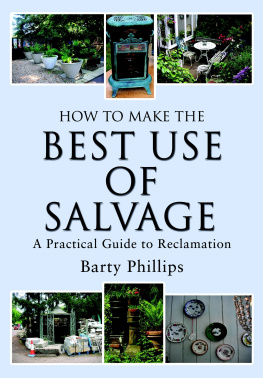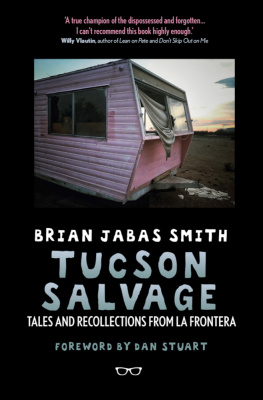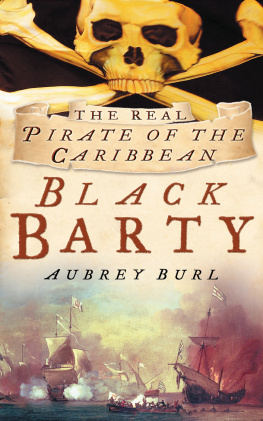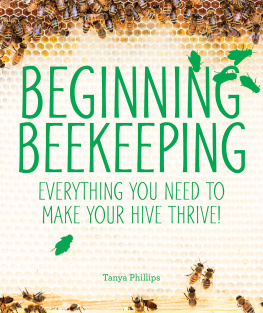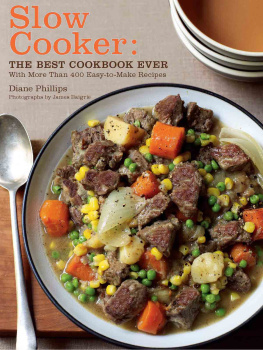Barty Phillips - How to Make the Best Use of Salvage
Here you can read online Barty Phillips - How to Make the Best Use of Salvage full text of the book (entire story) in english for free. Download pdf and epub, get meaning, cover and reviews about this ebook. year: 2013, publisher: Pen & Sword Books, genre: Home and family. Description of the work, (preface) as well as reviews are available. Best literature library LitArk.com created for fans of good reading and offers a wide selection of genres:
Romance novel
Science fiction
Adventure
Detective
Science
History
Home and family
Prose
Art
Politics
Computer
Non-fiction
Religion
Business
Children
Humor
Choose a favorite category and find really read worthwhile books. Enjoy immersion in the world of imagination, feel the emotions of the characters or learn something new for yourself, make an fascinating discovery.
- Book:How to Make the Best Use of Salvage
- Author:
- Publisher:Pen & Sword Books
- Genre:
- Year:2013
- Rating:4 / 5
- Favourites:Add to favourites
- Your mark:
- 80
- 1
- 2
- 3
- 4
- 5
How to Make the Best Use of Salvage: summary, description and annotation
We offer to read an annotation, description, summary or preface (depends on what the author of the book "How to Make the Best Use of Salvage" wrote himself). If you haven't found the necessary information about the book — write in the comments, we will try to find it.
How to Make the Best Use of Salvage — read online for free the complete book (whole text) full work
Below is the text of the book, divided by pages. System saving the place of the last page read, allows you to conveniently read the book "How to Make the Best Use of Salvage" online for free, without having to search again every time where you left off. Put a bookmark, and you can go to the page where you finished reading at any time.
Font size:
Interval:
Bookmark:
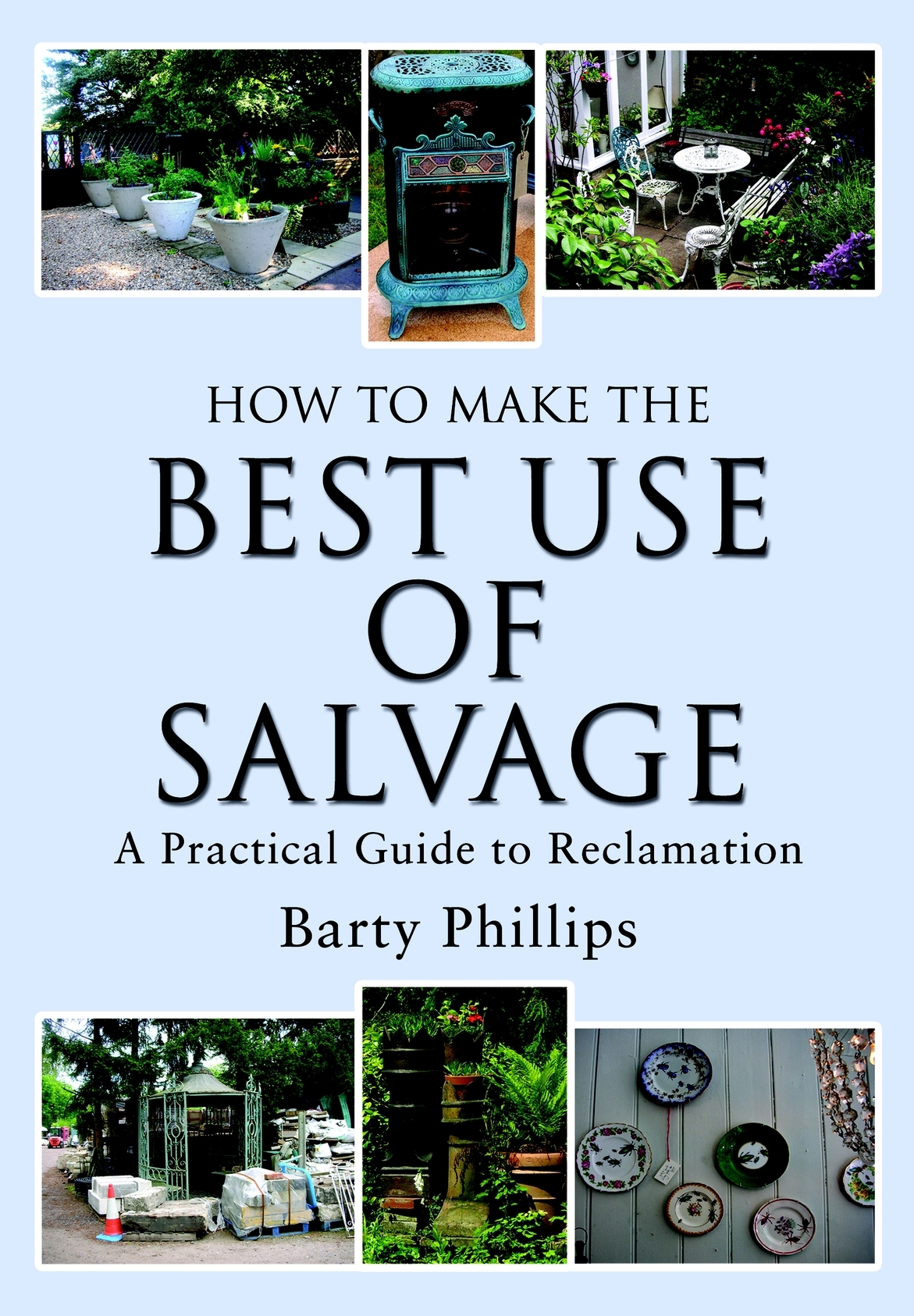
M y thanks to all the people who helped with ideas, information, enthusiasm, encouragement and pictures. Particular thanks to Edward Haes who spent time and energy looking out photographs, Paul Archer, Rabih Hage, Thornton and Ruby Kay of Salvo, Adam and Maria Hills of Retrouvius, Nadine at Architectural Forum, Carole Lucas of The Cobbled Yard, Arc Reclamation, NorEast Architectural Salvage, Bob Lovell of Antique Oak Flooring, Paul of Pauls Emporium, Sarah Collins, Sarah Tisdall, Richard Westwood, John and Jenny Houston, Phil and Jane Glynn, Rosamund and Eion Downs, Gerry and Deborah Clark, John Phillips, Charlie and Penny Phillips, Pearson Phillips, Philippa Watkins, Pat Scheverin, Zena Flax, Michael Ann Mullen, Patrick Minns, Oliver Vicars-Harris, Mary Cruickshank, Nick Colwill, Diana Broad, Dorothy and John Knight, Brooke and Joanna Calverley, Pat Thomas, Marga Gervis and Christine Mannington.
Antique: an object collectible or desirable because of its age (usually considered to be over 100 years old), its rarity, craftsmanship and quality of materials.
Architrave: a decorated wooden strip that runs round a door, window or panel.
Baluster : one of the short pillars supporting the rail or stone coping round a balcony or terrace.
Bygones : in the reclamation world this usually means items are in the style of something antique or reclaimed rather than being actually antique.
Came : a strip of lead, zinc or perhaps other metals made into channels to hold glass pieces in a pattern (e.g. in a stained glass window).
Ceramic : made of glazed pottery or china.
Chinoiserie : furniture, fabric or wallpaper inspired by Chinese design (often quite an eccentric Western view of what represents true Chinese design).
Collectors item : an object of great interest, value or rarity.
Console table : a narrow table designed to stand against a wall, particularly useful in narrow spaces or hallways.
Cornice : a decorative moulding strip, usually of wood or plaster, which runs round the wall of a room just below ceiling level.
Dado rai l: a wooden rail fixed horizontally onto a wall, usually about two-thirds of the way down. The area below is usually panelled or given a different paint or wallpaper treatment to the area above.
Eclectic : a mingling of different styles and inspirations.
Escutcheon : an ornamental protective plate over a keyhole.
Fanlight : a window over a door; often semi-circular with radiating glazing bars.
Finial : an ornamental end to a post, curtain pole, etc.
Fire surround : the frame round a grate, usually of wood, marble or stone.
Firebox : the small chamber in the grate where wood and/or coal are burned.
Focal point : an object or arrangement that attracts attention and becomes the main feature of a room or an area.
Galvanised : iron or steel coated with rust-resistant zinc; used for water tanks, troughs, buckets, baths, etc.
Gilding : application of gold leaf, gold paint or cream to a piece of furniture or frame.
Hi-tech ( see industrial)
Industrial : describes something originally designed for commercial use (such as flooring, desking or structural systems) used in the home.
Kilim (or kelim) : flat-woven (i.e. non-tufted) rug usually made in the Caucasus or the Middle East.
Lacquer: a hard varnish applied in many layers and polished into a high gloss.
Linenfold : wooden panelling carved to look like linen hanging in folds.
Mantel shelf or mantelpiece : a horizontal surface fixed immediately above the fireplace or as part of the fire surround.
Mouldings: decorative plaster or woodwork on cornices, arches and ceilings.
Newel post: the vertical post used to support the beginning and intermediate intervals of a staircase railing.
Overmantel : any architectural structure resting on top of the mantel.
Pavers : thin bricks used for flooring and paving.
Paviour : someone who lays pavers.
Provenance: the source of an item and the history of its ownership.
Quarry tiles: unglazed hard clay tiles, traditionally used on kitchen and passage floors.
Reclaimed: something salvaged and reused in its original form with minimal reprocessing. It may be cut to size, adapted, cleaned up or refinished but it is fundamentally in its original form.
Recycled : any materials taken from waste and reprocessed and remanufactured to form part of a new product.
Reproduction: something reproduced in faithfulness to the form, elements and workmanship of the original.
Retro: styles of the 1950s and 60s, sometimes including the 1970s and 80s or copies reminiscent of those eras.
Sconce : a bracket lamp fixed to the wall.
Shellac : resin secreted by female lac bug in India and Thailand. It is processed into dry flakes, dissolved in denatured alcohol to make liquid shellac, a tough high gloss varnish. In the 1800s it replaced wax finishes and became the dominant wood finish until the 1920s and 30s.
Skirting: a wooden strip running along the bottom of a wall, where it meets the floor.
Spindle: a short, narrow upright piece of wood or metal supporting the rail of a staircase.
Terraced house : one of several houses joined together in a row.
Trumeau: an extra sculpted stone chimney breast that sits over the mantel. It often has a mirror.
Vintage : rather loosely taken to mean an object that is fifty to 100 years old, often applied to an item made after 1900 and before 1980.
Always phone before visiting an architectural salvage outlet. They dont always keep 9 to 5 hours.
Emmaus Village Carlton (second-hand superstore: reclaimed and restored household goods, furniture, electrical goods, linen, china, books. All electrical goods are tested before being offered for sale)
School Lane
Carlton
MK43 7LQ
01234 720 826
www.emmaus.org.uk
Tomkinsons Stained Glass Windows (dealer in very special antique stained glass: the website is an education in itself with clear colourful images of glass that includes Victorian, Edwardian, French, religious, William Morris, Pre-Raphaelite and Art Nouveau designs. By appointment only)
2 Neville Road
Limbury
Luton
LU3 2JQ
01582 527 866
www.vitraux.co.uk
J. Brant Reclamation (reclamation yard: reclaimed traditional building materials including bricks, wood, doors, furniture, fireplaces, garden benches, stone gates, chimney pots, fountains and gardenalia, phone boxes, street signs, sundials)
Lakeside Garden Centre
Brimpton Common
RG7 4RT
01189 813 882
www.jbrant.co.uk
Garden Art Plus Ltd. (reclamation yard: wide range of interesting architectural antiques and reclamation materials including arbours, fountains, gates, marble, statuary, sundials, temples, troughs and surprises, also reproductions and items made out of reclaimed materials. Will source hard-to-find items)
Barrs Yard
1 Bath Road
Hungerford
RG17 OHE
01488 686 811
www.gardenartplus.com
Au Temps Perdu (based in an old church: large and ever-changing collection of antiques and architectural salvage, from eighteenth-century marble fireplaces to Georgian fanlights and garden urns)
28 30 Midland Road
St. Philips
BS2 OJY
07816 934 483
www.autempsperdu.co.uk
Emmaus Bristol (second-hand superstore: reclaimed and restored household goods, furniture, electrical goods, linen, china, books. All electrical goods are tested before being offered for sale)
Font size:
Interval:
Bookmark:
Similar books «How to Make the Best Use of Salvage»
Look at similar books to How to Make the Best Use of Salvage. We have selected literature similar in name and meaning in the hope of providing readers with more options to find new, interesting, not yet read works.
Discussion, reviews of the book How to Make the Best Use of Salvage and just readers' own opinions. Leave your comments, write what you think about the work, its meaning or the main characters. Specify what exactly you liked and what you didn't like, and why you think so.

